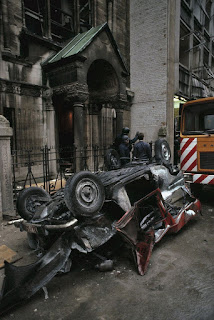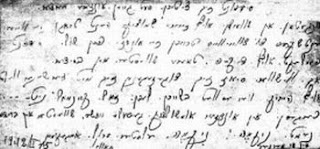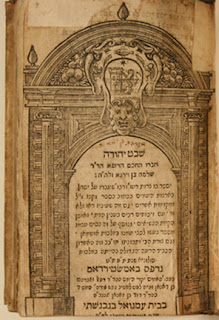Lubieszow, 1942
Lubieszow, Ukraine 3 November, 1942 On 3 November, 1942, the Nazis rounded up dozens of Jewish artisans and their families and locked them in the synagogue. One of these Jews, Machmendler, attacked the Nazi commander in a desperate attempt, cutting his throat with a knife. In retaliation for this attack, Machmendler and several other Jews were killed in the synagogue. The rest were shot outside the building. ( Yad Vashem ) A German report from 1945 described the event: "As many as up to 200 Jews were taken under guard to the synagogue, where they were stripped naked and ... abused. Afterward, the Gebietskommissar read aloud a document stating that the Jewish people didn't exist any longer since they all had been annihilated. At that moment a dentist, I don't remember his last name, attacked the Gebietskommissar and wounded him seriously in the throat with a razor; the dentist was killed [on the spot] by blows from [weapon] butts...Others were shot to death between ...





